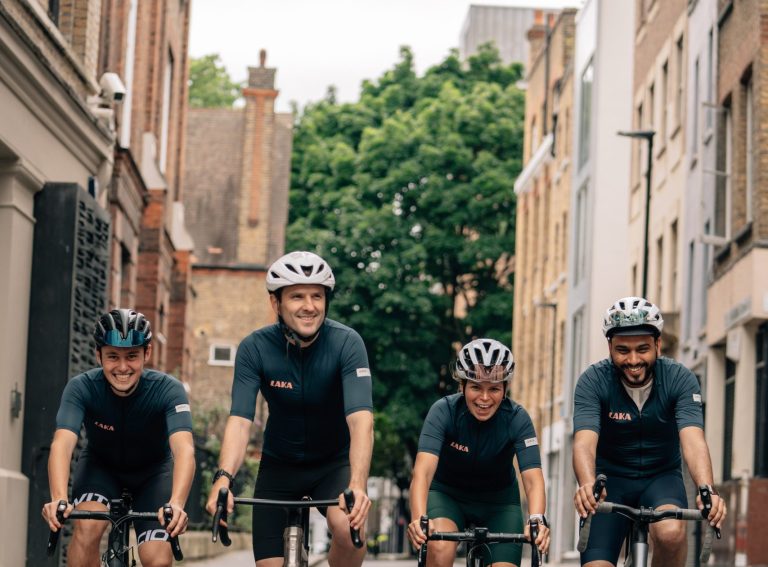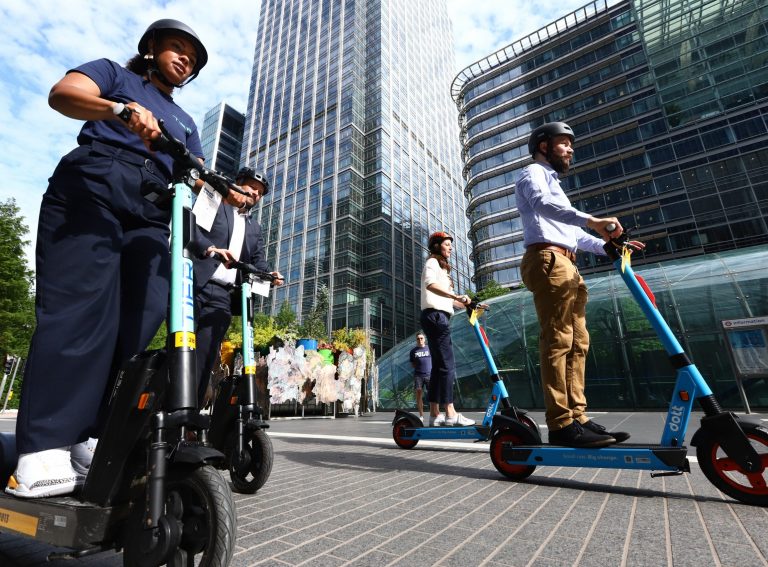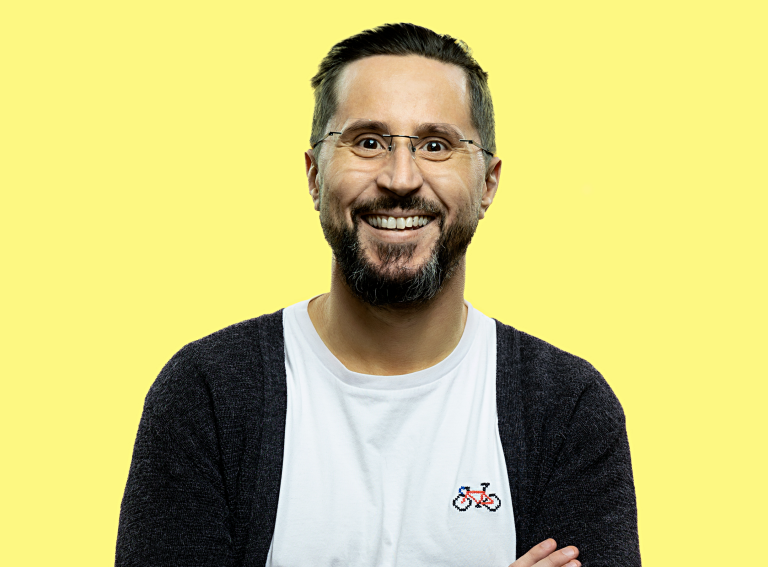With the goal of improving mobility through great design and engineering, VROEGH Design has established itself as a key player in the new mobility industry.
It has the ability to develop “basically anything from e-bikes, e-cargo bikes and e-scooters, to skateboards and other Light Electric Vehicles” for mobility brands.
Founded nine years ago, VROEGH is now active in 19 countries and has designed more than 50 new mobility vehicles. Since the company’s Dutch roots, it has become a global specialist in the e-bike and cargo bike sector.
The agency employs a meticulous five-stage approach that takes the client from idea to finished product.
Zag speaks with VROEGH Design’s Head of Development Paul van Beusekom who joined the agency in 2021 having spent 20 years at boutique bicycle manufacturer Santos Bikes.
Beusekom’s primary domain at VROEGH centers on the development and engineering stage, but his lengthy tutelage at Santos has given him the skills to bring value to all areas of the business.
“Bicycle design was always in my blood,” he tells Zag Daily.
“I’ve been cycling and mountain biking since a very young age and actually drew my first frame when I was about 14.”
Step-by-step
What enables VROEGH to deal with so many different clients on such a variety of projects is the manner in which they work.
Delivering an outstanding result at the end which both the designers and clients can be proud of, the agency has several phases it will go through, aligning with its clients after each phase.
“The first stage involves us sitting down with the client to understand what they want, and if they don’t know exactly, we execute market research to see what would fit their company profile,” says van Beusekom. “We also offer roadmap advice, competition and positioning analysis, and can provide competitive bike BOM’s fitting the segment and wishes of the client. Lastly, we will take into account the brand’s design DNA, or help them put down a complete Brand Identity from scratch.
“Once the defining elements have been agreed, we continue to our design phase. Our Head of Design Bob Vroegh sketches out several concepts fitting the brand’s wishes regarding design and cost price. We believe in co-creation and amendments are made until both sides can agree. After a final concept has been chosen we visualise this in 2D or in 3D software. At that time we can also assist in calculating the tooling cost and the cost price of the frame. In some cases we also provide a full 3D printed or AR model of the bike.”
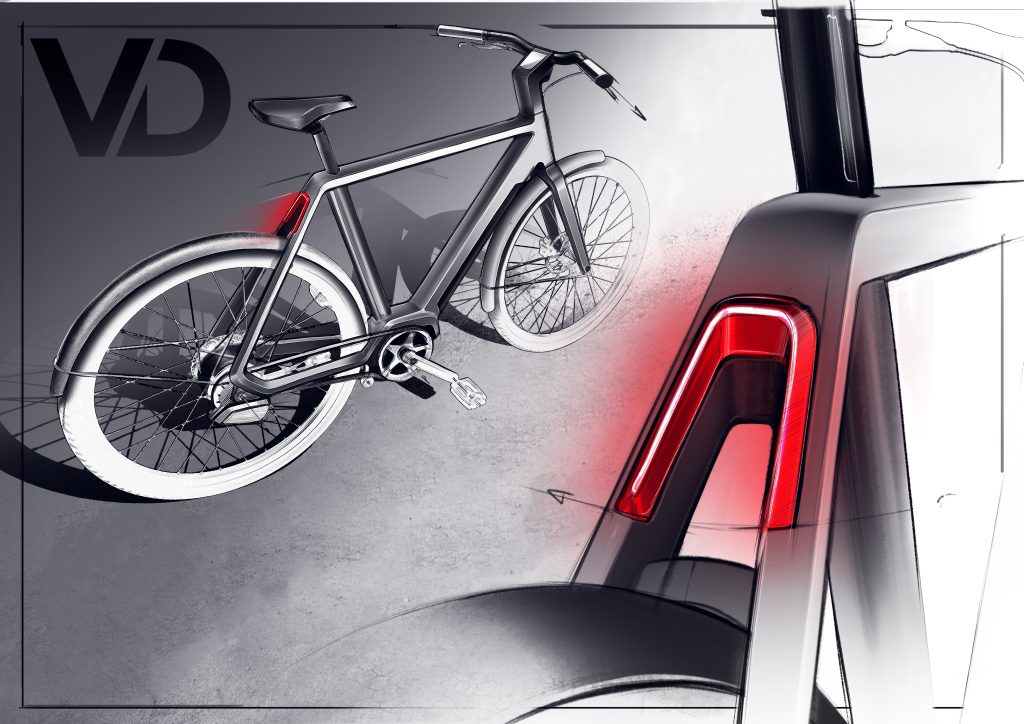
Stage three is where van Beusekom gets involved to finesse the concept that has been given to him into a more concrete product.
“We take many sketches from the concept phase and put as many parts as possible in 3D,” he says. “We then load that into our 3D CAD programme and work on the geometry so that people can ride as intended. I make sure the components fit well and are manufacturable and affordable.”
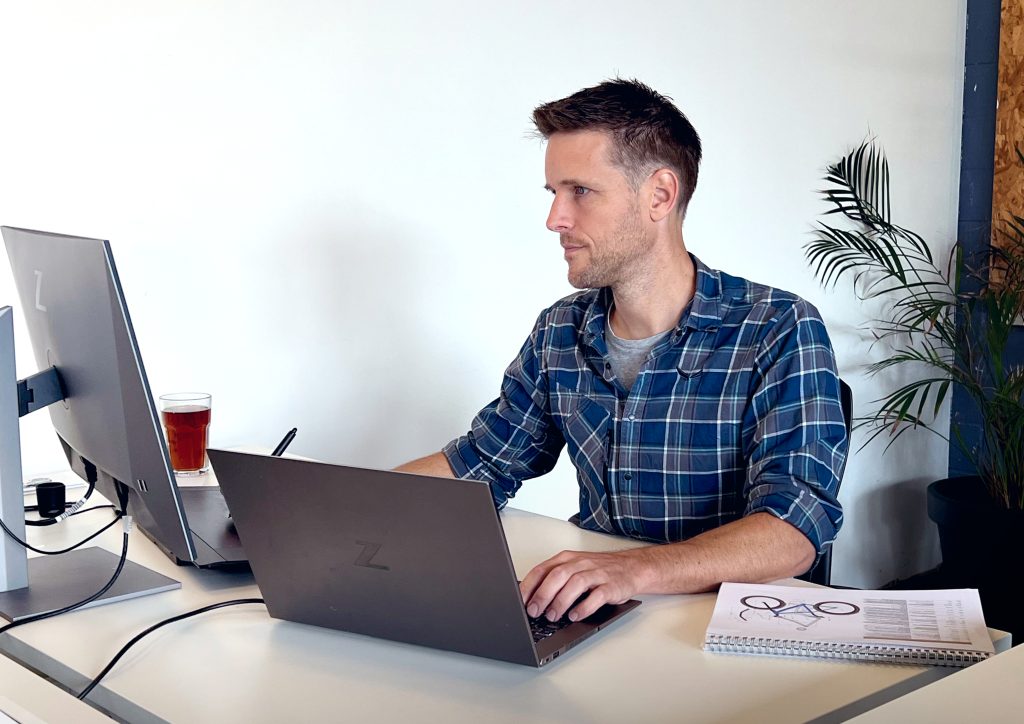
Beusekom cares greatly about the functionality of his designs, while also limiting waste and excess costs.
“I make sure that the geometry is right to ensure maximum comfort,” he says. “When we are iterating a design, after we have ensured it fulfills the function that it’s supposed to, we try to reduce the amount of material, the number of components and the level of handling needed to assemble it. We want to make each step as easy as possible.”
Once all the designs are agreed upon, VROEGH oversees the production development.
“We can employ a client’s production facility partners or work within our own trusted network,” says van Beusekom. “This phase includes everything from vehicle testing and packaging to product lifecycle and partner selections.”
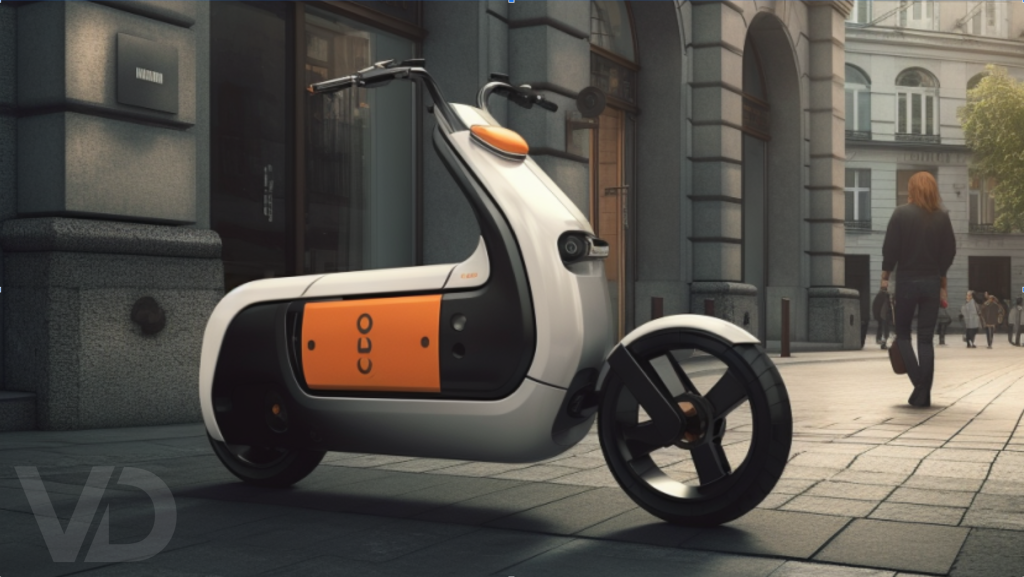
The final phase centers on the creative and digital side as VROEGH develops a unique brand signature that will take the world by storm.
Versatility and agility
VROEGH is intent on becoming the most versatile agency within new mobility and has recently added batteries to its repertoire.
“There is a lot of our own pride when developing batteries, as they need to be world-class,” van Beusekom says. “They must be reliable for decades – we design them so they’re easily repairable without high costs or too much material.”
Cargo bikes are another device that van Beusekom and VROEGH have increasing experience developing.
“These are expensive to make because they have big tubes and high-volume cost parts,” he explains. “Therefore, we try to reduce the number of unique parts, which means that they often come in one size. It is possible to find a geometry that fits most people, but you must think the process through very carefully. How you sit on a bike is very different if you have a one size fits all frame, so we had to find a different way to allow people of different sizes to fit on the same bicycle, which was a learning curve for me at the start.”
Regardless of the device, von Beusekom and the team at VROEGH Design have a tried and tested approach which helps ensure quality outputs – a trait which should underpin the firm’s continued success in the years to come.



